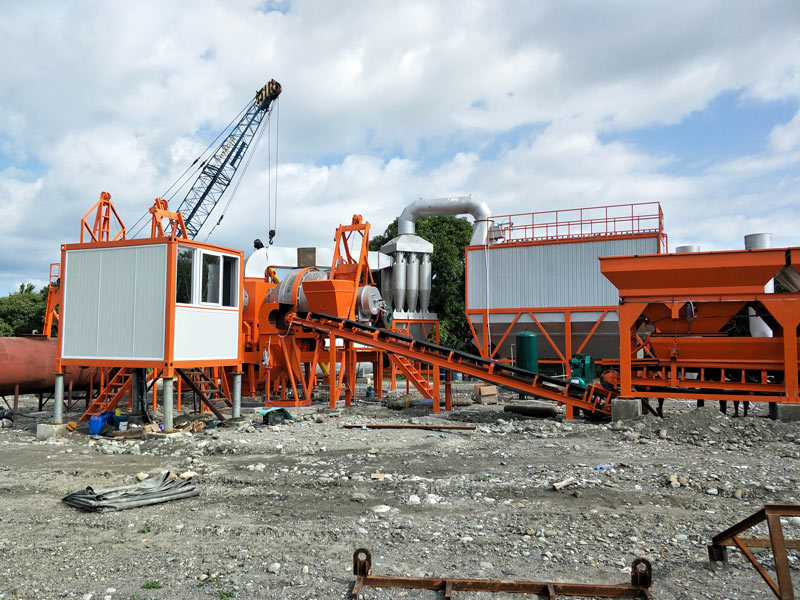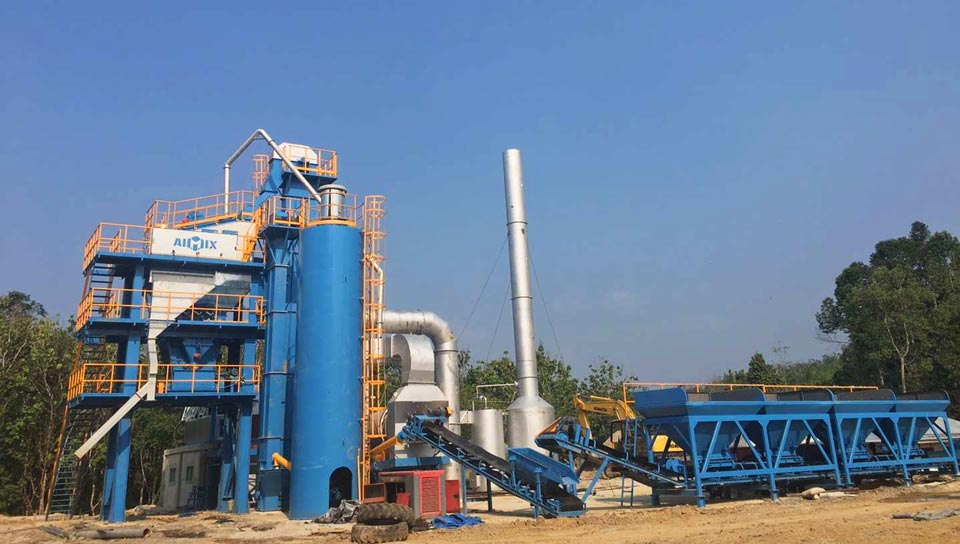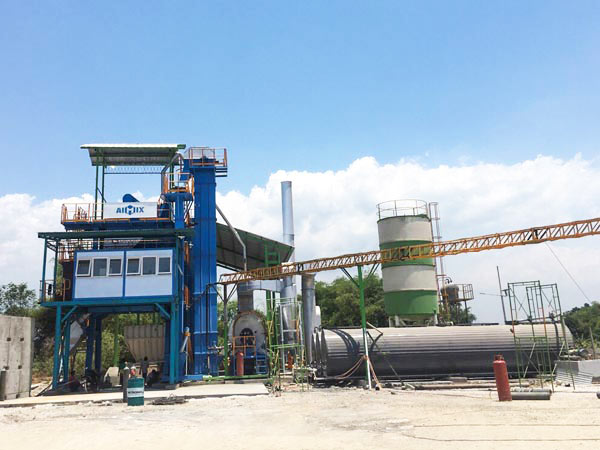Asphalt plants play a crucial role in the construction industry, providing the necessary material for roadways and infrastructure projects. Understanding the workings of these plants is essential for anyone involved in the field of civil engineering and construction.
Types of Asphalt Plants
There are various types of asphalt plants, each designed to produce asphalt in a specific manner. The main types include:
1. Batch Asphalt Plant
The batch asphalt plant is a widely used type that produces asphalt in discrete batches. The process involves weighing and proportioning the aggregates, heating them, and then mixing them with the asphalt binder. This method allows for greater flexibility in the mix design and is suitable for small to medium-sized projects.
2. Cold Mix Asphalt Plant
Cold mix asphalt plants are unique in that they produce asphalt at lower temperatures compared to traditional hot mix plants. This type is advantageous for remote locations and quick repairs. Cold mix plants use emulsified asphalt and aggregate, and the resulting mixture can be stockpiled for future use.
3. Hot Mix Asphalt Plant
The hot mix asphalt plant is a common type known for producing asphalt at higher temperatures. This process involves heating the aggregates and asphalt binder separately before mixing them. Hot mix asphalt is suitable for large-scale projects and offers durability under heavy traffic loads.

4. Drum Mix Asphalt Plant
The drum mix asphalt plant combines the drying and mixing of the aggregates in the same drum. This continuous process results in a more uniform and consistent asphalt mixture. Drum mix asphalt plants are known for their efficiency and are often used for high-production projects.
Working Mechanism
Regardless of the type, asphalt plants generally follow a similar working mechanism:
- Aggregate Handling: Aggregates such as sand, gravel, and crushed stone are stored in designated bins.
- Drying: The aggregates are dried to remove moisture, ensuring better adhesion with the asphalt binder.
- Heating: The asphalt binder is heated separately to achieve the desired temperature for mixing.
- Mixing: The heated aggregates and asphalt binder are mixed to produce asphalt.
- Storage: The finished asphalt is stored in silos or other storage units for transportation and future use.

Advantages and Considerations
Each type of asphalt plant comes with its own set of advantages and considerations:
Batch Asphalt Plant:
Advantages include precise control over the mix design and suitability for small to medium-sized projects. However, the batch process may be less efficient for large-scale operations.
Cold Mix Asphalt Plant:
Cold mix plants are advantageous for quick repairs and remote locations due to their lower production temperatures. However, the resulting asphalt may not be as durable as that produced in hot mix asphalt plants.
Hot Mix Asphalt Plant:
Hot mix plants are known for their durability and suitability for high-traffic areas. However, they require higher production temperatures and may not be as flexible in mix design as batch plants.
Drum Mix Asphalt Plant:
Drum mix plants offer efficiency in continuous production and a more uniform mix. However, they may be less flexible in mix design compared to batch asphalt plants.
Conclusion
Understanding how an asphalt plant works is fundamental for achieving optimal results in construction projects. The choice of the type of plant depends on the scale and specific requirements of the project. Whether it’s a batch, cold mix, hot mix, or drum mix plant, each has its advantages and is suited for different applications in the construction industry.
